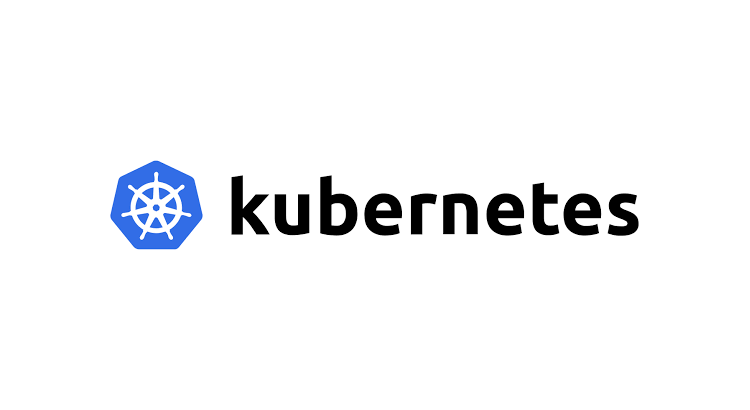 The SNIA Cloud Storage Initiative (CSI) has had a rebrand; we’ve added a T for Technologies into our name, and we’re now officially the Cloud Storage Technologies Initiative (CSTI).
The SNIA Cloud Storage Initiative (CSI) has had a rebrand; we’ve added a T for Technologies into our name, and we’re now officially the Cloud Storage Technologies Initiative (CSTI).
That doesn’t seem like a significant change, but there’s a good reason. Our old name reflected the push to getting acceptance of cloud storage, and that specific cloud storage debate has been won, and big time. One relatively small cloud service provider is currently storing 400PB of clients’ data. Twitter alone consumes 300PB of data on Google’s cloud offering. Facebook, Amazon, AliBaba, Tencent – all have huge data storage numbers.
Enterprises of every size are storing data in the cloud. That’s why we added the word “technologies.” The expanded charter and new name reflect the need to support the evolving cloud business models and architectures such as OpenStack, software defined storage, Kubernetes and object storage. It includes data services, orchestration and management, understanding hyperscale requirements and the role standards play.
So what do we do? The CSTI is an active group that publishes articles and white papers, speaks at industry conferences and presents at highly-rated webcasts that have been viewed by thousands. You can learn more about the CSTI and check out the Infographic for highlights on cloud storage trends and CSTI activities.
If you’re interested in cloud storage technologies, I encourage you to consider joining our group. We have multiple membership options for established vendors, startups, educational institutions, even individuals. Learn more about CSTI membership here.



 We are increasingly living in a multi-cloud world, with potentially multiple private, public and hybrid cloud implementations supporting a single enterprise. Organizations want to leverage the agility of public cloud resources to run existing workloads without having to re-plumb or re-architect them and their processes. In many cases, applications and data have been moved individually to the public cloud. Over time, some applications and data might need to be moved back on premises, or moved partially or entirely, from one cloud to another.
We are increasingly living in a multi-cloud world, with potentially multiple private, public and hybrid cloud implementations supporting a single enterprise. Organizations want to leverage the agility of public cloud resources to run existing workloads without having to re-plumb or re-architect them and their processes. In many cases, applications and data have been moved individually to the public cloud. Over time, some applications and data might need to be moved back on premises, or moved partially or entirely, from one cloud to another.